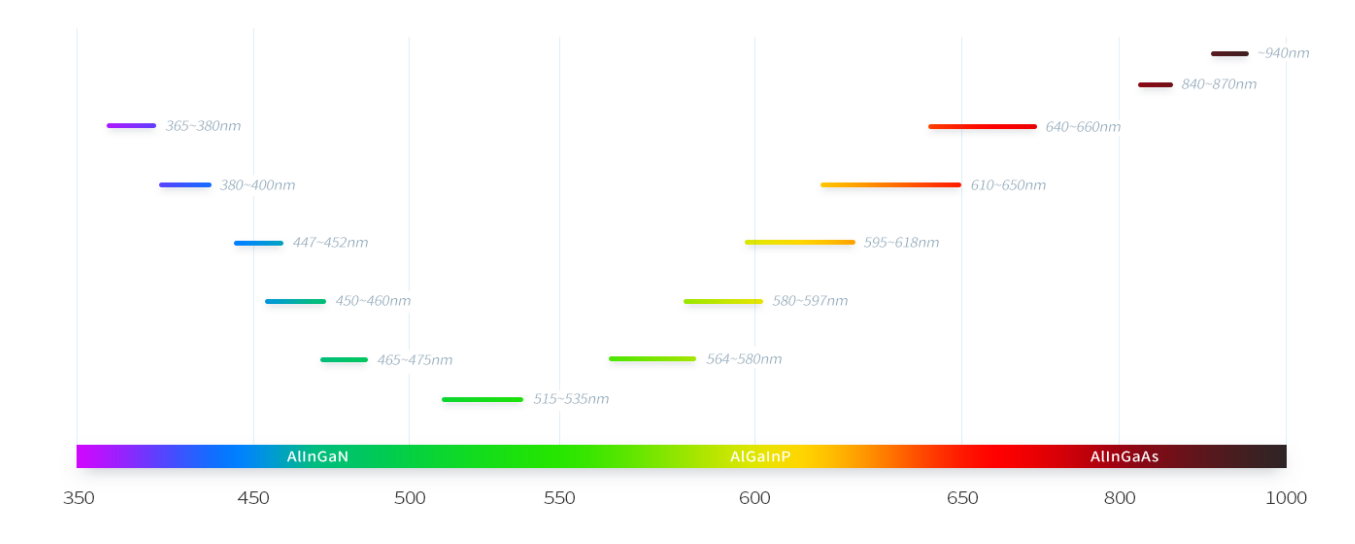The automotive industry should change the way in which automotive electronics systems are developed. Reducing the number of electronic control units (ECUs) and integrating more features are the two main factors driving this change. Since more functions usually require higher performance and computing power of the ECU, the above two factors seem to fall into the well-known dilemma.
This article refers to the address: http://
The reduction in the number of ECUs is primarily for cost savings, including power consumption, electromagnetic compatibility (EMC), printed circuit board (PCB) area, and cable issues. Reducing ECUs also reduces communication between ECUs, reducing system complexity and cost.
Reducing the number of ECUs can affect costs in several ways:
Hardware Cost: A more efficient system architecture can reduce the hardware redundancy currently present in more than one control unit. Moreover, fewer nodes and multiplexers and more distributed loads can reduce the complexity and make the car network system more compact.
Development costs: The number of ECUs is reduced, the system is simplified, and it may be based on automotive computer platforms such as AUTOSAR and GENIVI, or its own platforms such as QNX and Microsoft Auto, which is obviously beneficial to shorten development time. The use of such platforms will further reduce software costs due to the reusability of many software components, as well as the choice of vehicle configurations in the final stages of the production chain, depending on regional or market segment requirements.
Maintenance costs: Flexible and lean control units also facilitate system updates and upgrades, especially when relying on standard software platforms.
Judging from the above factors, it seems that the future automotive system will be similar to the PC-based architecture, in which software will play a more important role. IHS envisions that this will be the era of software-defined cars, with hardware functions such as navigation, telematics and communications being used as software applications, handled by several central ECUs. In addition, system updates and upgrades can also be done remotely by downloading new packages.
The integration issues mentioned above are also related to system performance requirements such as computing power. Due to the integration of new features in future cars, computing power is expected to increase significantly. These features include infotainment, telematics, and navigation. In addition, traditional powertrain, chassis and ADAS functions will add functionality that requires more technology, especially computing power. Progressively improved safety and higher fuel efficiency will require more updated electronics, most of which require higher computing power.
Multicore and virtual
Virtualization can serve multitasking systems and help rationalize automotive ECUs for a lower cost and more efficient solution. However, virtual systems can only be used in low- to medium-performance systems. Virtualization provides an inexpensive and smooth solution for existing systems, helping legacy systems transition to next-generation and high-end systems based on open source operating systems.
Therefore, IHS believes that the multi-core architecture will be the basic choice for automotive electronics in the long run, meeting the emerging and future requirements for high performance, maintenance control and power consumption.
Market supply and indicators
Multi-core processors have been used in automotive systems. Freescale Semiconductor offers dual-core processors at 130MHz. As an OEM, BMW is one of the first to adopt a multi-core architecture and has adopted Freescale's solution in BMW. It is expected that BMW will also adopt multi-core systems in future Series 1, Series 3 and X3 models.
ARM recently announced the Cortex-R5 and Cortex-R7 MPCore processors for 3G and 4G mobile devices, as well as automotive and industrial applications. The ARM processor family covers a wide range of high-performance, real-time embedded applications that meet the needs of the automotive market.
These new products are ideal for embedded applications that require high performance and reliability. These processors offer a range of security-focused features, including error management in all external buses, redundant dual-core systems, and error checking codes (ECC). These products also support high frequency interrupts, as well as fast and deterministic data transfer for real-time, high-security applications.
There are many other shapes for your choose. Customized blue LED are available.
Generally, there are two kind of shapes: SMD LED (surface mount diode) and Through-hole LED.
This 470nm LED, also called water blue LED. It's a fantastic blue LED, which is perfect for all kinds of LED lighting project.
470nm led is a aqua blue LED. Common aqua blue LEDs are like: aqua blue 470nm LED, aqua blue 475nm LED, aqua blue480nm LED and so on.
For the Through-hole Light Emitting Diode 470nm LED,
we can customize the shape, the lighting angle, the number of emitting source, the flat pin LED and braided LED. Such as: 5mm aqua Blue 470nm LED, 5mm aqua blue 475nm LED, 5mm aqua blue 480nm LED. 3mm aqua blue 470nm LED, 3mm aqua blue 475nm LED, 3mm aqua blue 480nm LED, 3mm Round blue LED ect.
For the SMD LED 470nm LED,
we can supply dual-chip blue LED, three-chip blue LED, multi-chip blue LED, high voltage LED, flashing blue LED and variety of size SMD LED. For instance: 3528 SMD aqua blue 470nm LED, 3528 SMD aqua blue 475nm LED, 3528 SMD aqua blue 480nm LED. 2835 SMD aqua blue 470nm LED, 2835 SMD aqua blue 475nm LED, 2835 SMD aqua blue 480nm LED.
There are also have many other shapes to choose, like the 5050 SMD blue LED, the 5730 SMD blue LED ect. You can choose any one of them for your requirement.

470nm LED
470nm LED, 470nm LED Strip, Blue 470nm LED, 470nm 3w LED
Shenzhen Best LED Opto-electronic Co.,Ltd , http://www.bestsmd.com